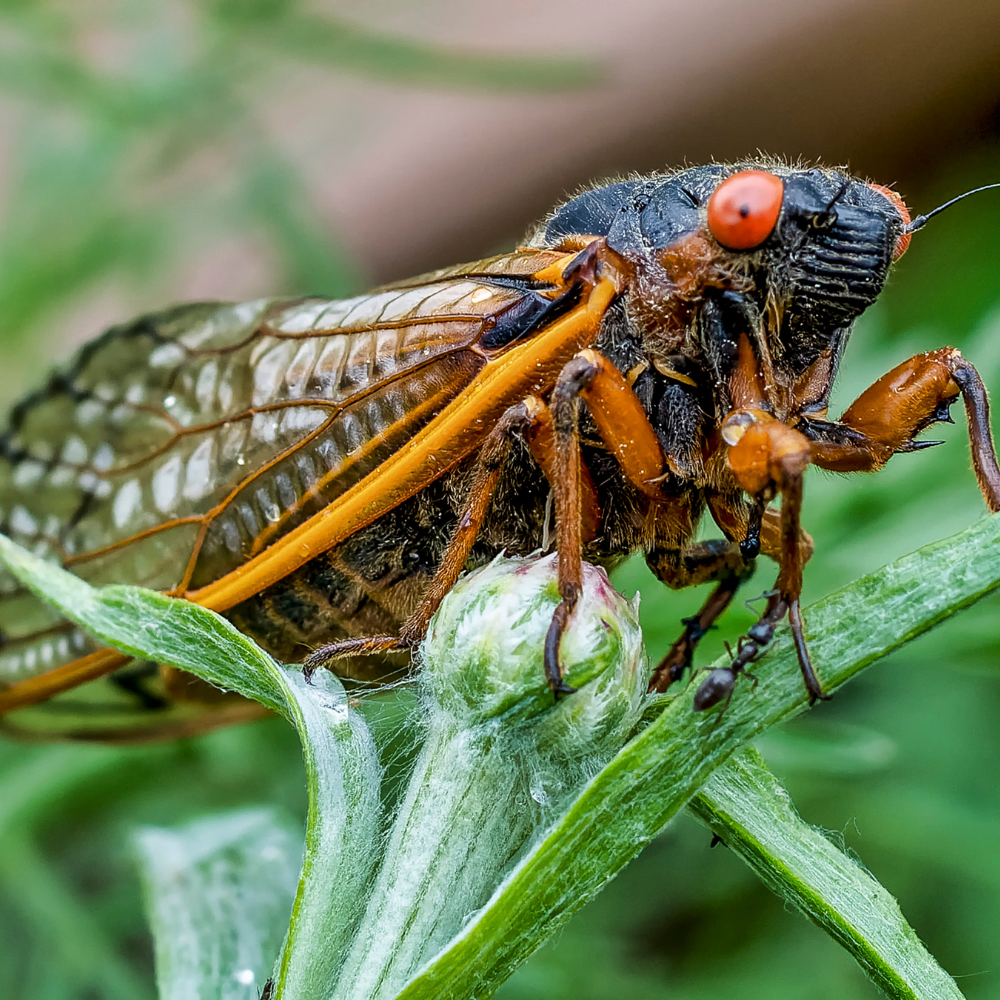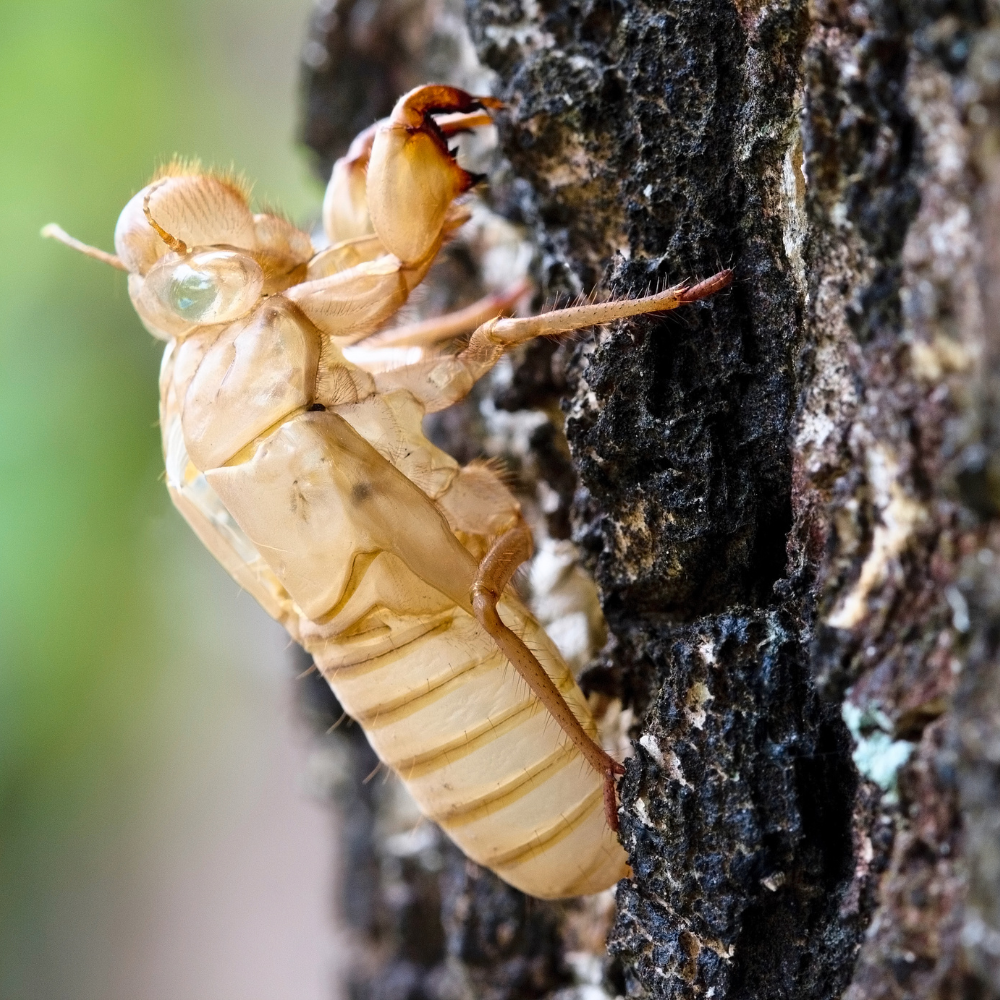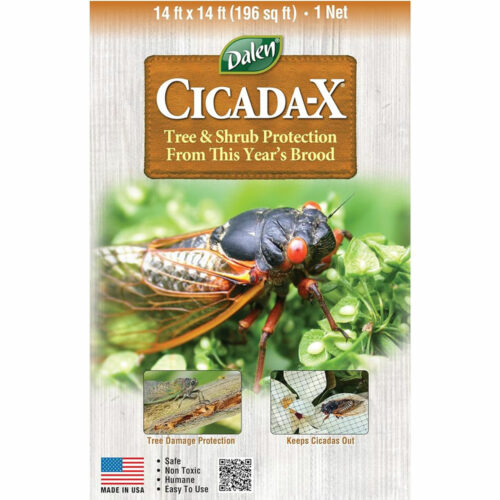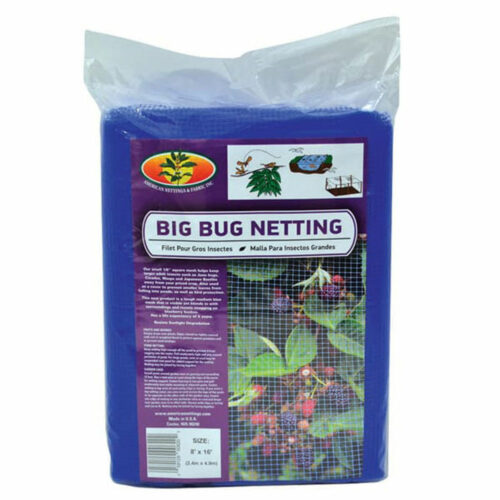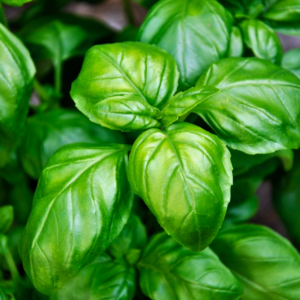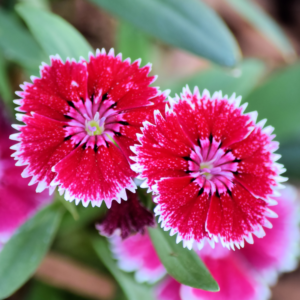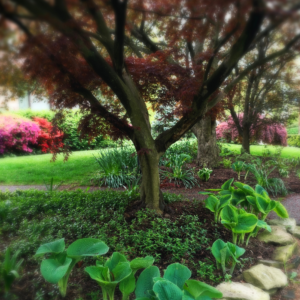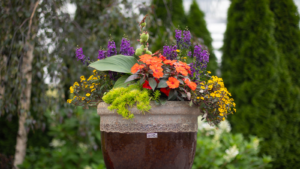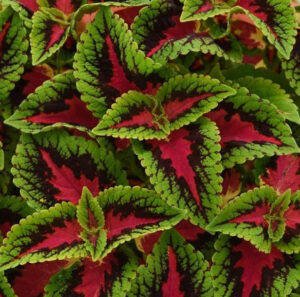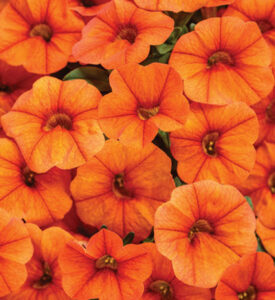Every few years, nature gifts us with a phenomenon that captivates and sometimes overwhelms our senses—the emergence of cicadas. In 2024, we eagerly anticipate the return of Broods XIII and XIX, each emerging in their respective ranges across the United States. As these remarkable insects awaken from their lengthy slumber, their presence will have significant effects on both the ecosystem and our daily lives. Let’s delve into what we can expect from these buzzing creatures and their impact on plants.
The Cicada Emergence: A Natural Spectacle
Cicadas are renowned for their remarkable life cycles, spending the majority of their lives underground as nymphs before emerging en masse to mate and lay eggs. Brood XIII, which consists primarily of the periodical cicada species Magicicada neotredecim, will make its appearance across parts of Illinois, Iowa, and Wisconsin. Meanwhile, Brood XIX, comprised of Magicicada tredecassini, will emerge in portions of Louisiana, Mississippi, and Tennessee.
The emergence of cicadas is a spectacle unlike any other, with billions of insects covering trees, filling the air with their distinctive buzzing calls, and molting into their adult forms. While some may find their presence overwhelming, it’s essential to appreciate the role these creatures play in the ecosystem.
Impact on Plants
Cicadas have a complex relationship with plants, influencing both their immediate environment and the broader ecosystem. One of the most significant effects of cicadas on plants is their role in nutrient cycling. When cicadas emerge in massive numbers, they feed on xylem fluid from tree roots, and upon their death, their decomposing bodies release essential nutrients back into the soil. This influx of nutrients can benefit nearby plants, promoting growth and overall health.
However, the oviposition behavior of female cicadas can pose a threat to young trees and shrubs. Female cicadas use their ovipositors to insert eggs into small branches, causing damage that can weaken or kill young plants. While established trees can usually withstand this damage, newly planted or young trees may require protection to prevent significant harm.
Mitigating the Impact
For gardeners and plant enthusiasts in areas affected by Broods XIII and XIX, there are several strategies to mitigate the impact of cicadas on plants.
- Netting: Utilizing plant nets, such as those available from Ship My Plants, can help protect vulnerable plants from cicada damage. These nets create a physical barrier that prevents female cicadas from accessing branches for egg-laying.
- Pruning: Removing heavily infested branches can help reduce damage to trees and promote healthy regrowth. However, pruning should be done carefully to avoid causing further stress to the plant.
- Mulching: Applying a layer of mulch around the base of trees and shrubs can help conserve soil moisture and provide additional nutrients. Mulch also acts as a deterrent for female cicadas seeking oviposition sites.
- Monitoring: Regularly inspecting plants for signs of cicada damage, such as split or damaged branches, can help identify affected areas early and take appropriate action.
Embracing Nature’s Phenomenon
While the emergence of cicadas may present challenges for plants and gardeners alike, it’s essential to recognize the significance of this natural phenomenon. Cicadas play a vital role in ecosystem health, contributing to nutrient cycling and serving as a food source for various wildlife species.
As Broods XIII and XIX emerge in 2024, let’s embrace the awe-inspiring spectacle of billions of cicadas filling the air with their buzzing calls. By understanding their impact on plants and taking proactive measures to protect vulnerable species, we can coexist harmoniously with these remarkable insects and appreciate the beauty of nature’s cycles.
More Recent Posts
10 Plants That Act as Mosquito Repellent
Basil is a great mosquito repellent plant.
Dianthus Delights: Perennial Pinks Shine
Imagine a garden where vibrant colors and sweet fragrances waft through the air — this is the magic that Dianthus, commonly known as pinks, brings to any outdoor space. Easy to grow and bursting with charm, Pinks varieties are the perfect addition to make your garden pop. Let’s dive into the joyful world of these…
Embrace the Shade: 10 Plants Thriving Under Trees!
Hey there, green thumbs and nature enthusiasts! Are you facing the challenge of gardening in the shade? Fear not! Instead of seeing those leafy giants overhead as a hindrance, let’s turn them into opportunities. Yes, we’re talking about planting beneath trees! While some might think that the shade beneath trees spells disaster for gardening, there’s…
Container Gardening: Thrill, Fill, and Spill Your Way to Green Bliss!
Welcome to the vibrant world of container gardening, where even the tiniest nooks can burst into life with a riot of colors and textures! Whether you’re a seasoned gardener or just dipping your toes into the soil for the first time, container gardening offers a delightful and rewarding experience that’s sure to bring a smile…
Celebrating Coleus: The Vibrant Star of Your Garden!
Are you looking to add a splash of color and a touch of drama to your garden? Look no further than Coleus! These versatile plants are a gardener’s dream, offering an array of hues and patterns that can instantly transform any outdoor space into a breathtaking oasis. Let’s dive into the world of Coleus and…
Discover the Cheerful Charm of Calibrachoa: A Growing Guide!
Are you ready to add a burst of color and joy to your garden or patio? Look no further than calibrachoa! These delightful flowers, often called “Million Bells” due to their profuse blooming habit, are a must-have for any gardener looking to brighten up their outdoor space. With their abundance of small, trumpet-shaped flowers in…

